Edward Steichen wasn’t as black and white as one would think.
He just took those kinds of photographs.

Actress Joan Crawford in a dress by Schiaparelli, 1932 Gelatin silver print Courtesy Condé Nast Archive, New York © 1932 Condé Nast Publications
Well, that was the medium, anyway – black and white photography – but his subjects, the artist and his inspiration were dense layers of greys.
I’ve been meaning to write about him for ages, having attended a first-ever joint launch by the Art Gallery of Ontario (AGO) and the Royal Ontario Museum (ROM) for two photo exhibits that have been giving Torontonians a glimpse of celebrity in recent months.
The first is an exhibit of Steichen’s photos, entitled Edward Steichen: In High Fashion, the Condé Nast Years, 1923-37 at the Gehry-fied AGO.
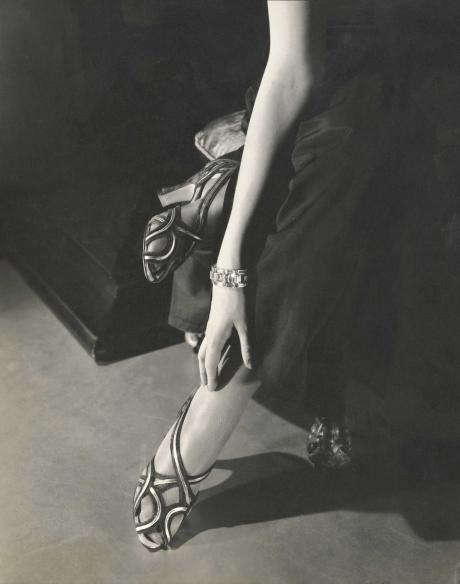
Princess Nathalie Paley wearing sandals by Shoecraft, 1934 Gelatin silver print Courtesy Condé Nast Archive, New York © 1934 Condé Nast Publications
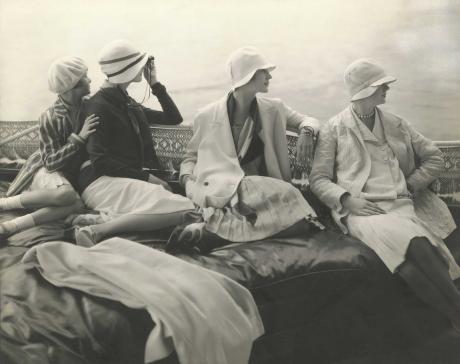
On George Baher’s yacht: June Cox wearing unidentified fashion; E. Vogt wearing fashion by Chanel and a hat by Reboux; Lee Miller wearing a dress by Mae and Hattie Green and a scarf by Chanel; Hanna-Lee Sherman wearing unidentified fashion, 1928 Gelatin silver print Courtesy Condé Nast Archive, New York © 1928 Condé Nast Publications
The second is Vanity Fair Portraits: Photographs 1913-2008 at the ROM, which I will feature in an upcoming post.
The Steichen ex was put on by a few great Museum minds – the Foundation for Exhibition Photography in Minneapolis and the Musée de l’Elysée in Lausanne, France collaborated with the AGO.
The international flavour was fitting for Steichen’s worldly photographs of other-worldly subjects. His photos are credited as the birth of modern 20th century portraiture as we know it and they still resonate today.
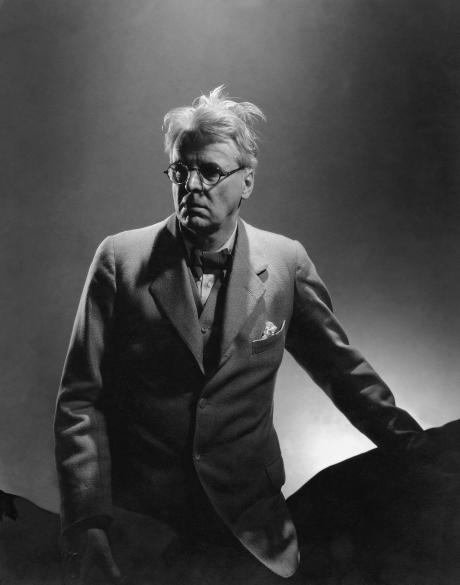
Poet William Butler Yeats, 1932 Gelatin silver print Courtesy Condé Nast Archive, New York © 1932 Condé Nast Publications
I had the opportunity to chat with William Ewing, Director of the Musée de l’Elysée, who provided a wealth of information about Steichen off the top of his head, while strolling through the exhibit with me…
Steichen was the most famous, most reproduced, highest paid photographer of the 20th Centry, but he didn’t start off that way.
He was a real Renaissance man – a writer and educator, an industrial designer, a glassware artist and he also worked at the photo department at the Museum of Modern Art. While there, he worked on a photo exhibit called The Family of Man, which is still on display in Europe today.
However, Steichen’s first love was painting, so he gave up photography altogether.
Ultimately, it wasn’t in the cards for him. Frustrated that he wasn’t as good as Renoir, Cezanne and Picasso – the reigning painters at the time – he burned his paintings.
He was actually the first person to bring the works of Picasso, Matisse, Renoir and other painters to New York.
While in New York, he read an article in Vanity Fair that called him the greatest living portrait photographer (quite the dilemma since he had originally given up photography for painting).
So he called the magazine and was offered the role of Chief Photographer for Vogue and Vanity Fair.
The rest is photographic history.

Actress Pola Negri, 1925 Gelatin silver print Courtesy Condé Nast Archive, New York © 1925 Condé Nast Publications
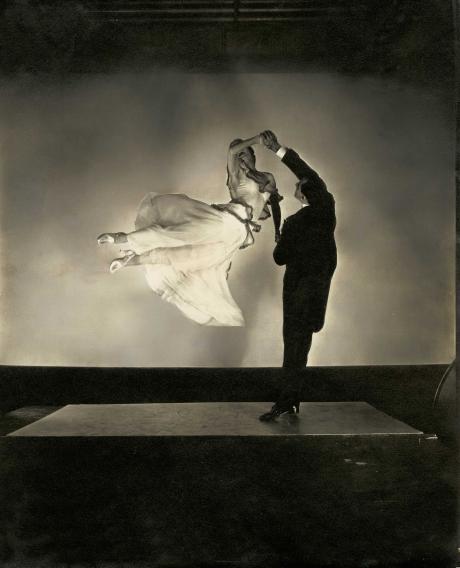
The renowned ballroom dancing team Antonio de Marco and Renée de Marco, 1935 Gelatin silver print Courtesy Condé Nast Archive, New York © 1935 Condé Nast Publications
He snapped the couture collections of every major designer of the time; he shot actors, musicians, writers, artists, dancers and politicians.

Actor Adolphe Menjou, 1925 Gelatin silver print Courtesy Condé Nast Archive, New York © 1927 Condé Nast Publications

Actress Joan Bennett, 1928 Gelatin silver print Courtesy Condé Nast Archive, New York © 1928 Condé Nast Publications

Actor Gary Cooper, 1930 Gelatin silver print Courtesy Matthieu Humery Collection/Philippe Machecourt © 1930 Condé Nast Publications
His photos were always inventive; the light was always controlled, as any of the 212 prints in the ex will attest.
There was always a story behind the artistry.
Steichen invited you in to listen to it, with your eyes.
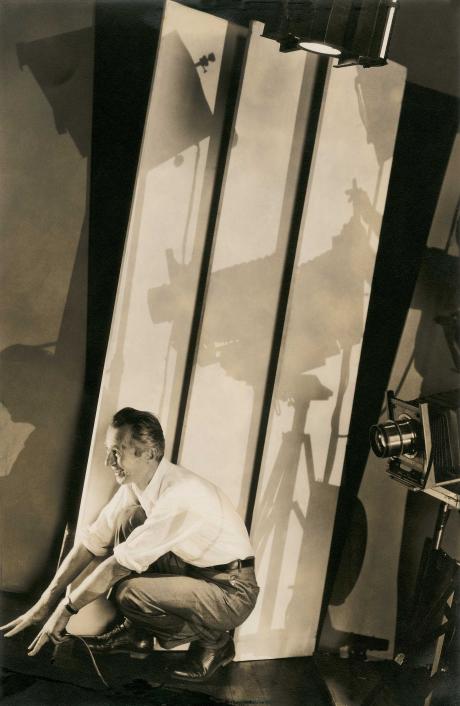
Self-portrait with photographic paraphernalia, New York, 1929 Gelatin silver print Courtesy Condé Nast Archive, New York © 1929 Condé Nast Publications
The exhibit runs through January 3, 2010 – not to be missed by photo or fashion lovers.
All photos © Condé Nast Publications, courtesy of the AGO.
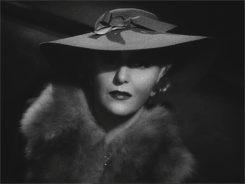
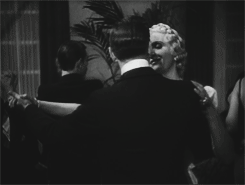
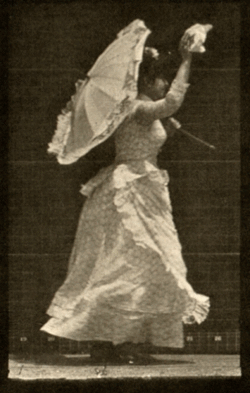

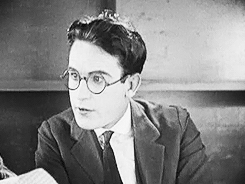
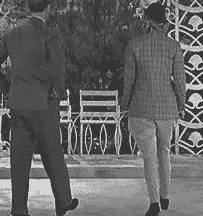







 In the previous decade, photographers-most especially
In the previous decade, photographers-most especially 



